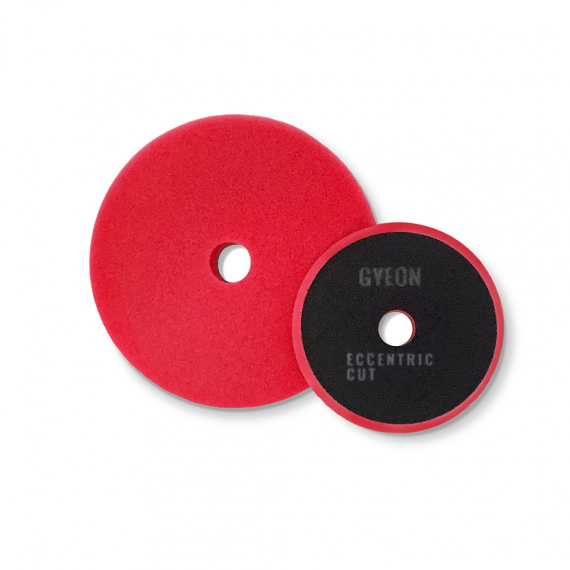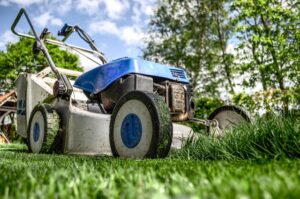Polishing your car may seem like a straightforward process on the surface, however, it’s critical that you not only apply the right polishing compound to your vehicle, but also use the right techniques and tools to do the job. From polishing pads to microfibre cloths, this article will go over four essential supplies you need for polishing your car.
Polishing Compound
The car detailing market is saturated with a number of polishing liquids and compounds, which can make it difficult to find a polisher that isn’t too abrasive on your car’s paint but is strong enough to make a noticeable difference to the finish and shine of your vehicle. Polishing compounds that cater to all paint types are ideal for most cars, especially if you’re new to polishing your vehicle. They work well with most applicators and polishing pads and leave the car with a noticeable shine whilst concealing small scratches and imperfections.
Polishing Pads
Polishing pads can either be used by hand or machine and are an essential tool for polishing your vehicle. There are three distinctive types of polishing pads on the market:
- Wool – Wool polishing pads are the most aggressive type of polishing pad. These are typically only recommended to be used by experienced detailers, as incorrect polishing technique could damage the clear coat of the vehicle’s paintwork.
- Microfibre – This is the second most aggressive type of polishing pad. There are two common variations of microfibre polishing pads: a cutting pad and a finishing pad. While these pads are still somewhat aggressive, they can be used by beginners as long as the detailer takes their time and polishes the vehicle slowly.
- Foam – Foam polishing pads are the least aggressive type of polishing pad and come in a wide variety of different grits and strengths. Generally, foam pads are a more universal polishing pad and will do a decent job of cutting through grime without leaving swirls and surface marks.
Microfibre Cloth
High-quality microfibre cloths are another essential accessory for car polishing. Microfibre cloths are used to wipe away excess polishing compound from the surface of your vehicle’s paintwork once the polishing process is complete. They’re also used to wipe polishing pads themselves between polishes, helping to remove polish compound residue.
Machine Polisher (Optional)
While the right products and technique can achieve professional polishing results through hand polishing, a machine polisher can often accomplish the task in a fraction of the time, and in some cases, provide even more superior results.
The two main types of polishing machines are rotary polishers and dual action polishers. The preferred polishing pads for these machines are usually wool pads, as they offer the most aggressive grit and effectively cut through surface grime and imperfections. Dual action polishing machines are usually the recommended machine polisher for beginners, as they’re less aggressive than rotary polishers and cut paint more slowly. While this means it will take longer to remove scratches and imperfections, it also mitigates the risk of causing damage to the clear coat of the paintwork.




